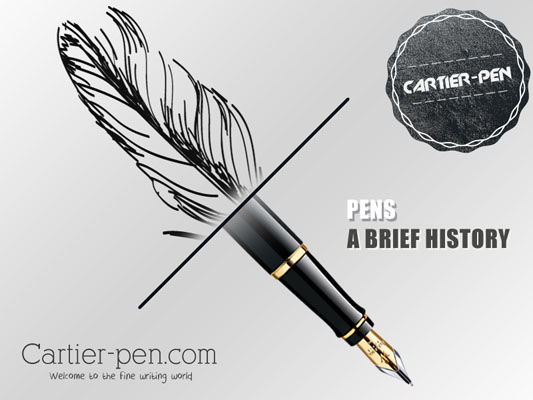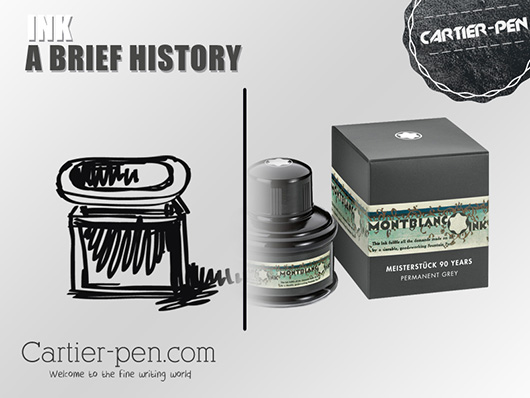 Imagine a current world without a pen or pencil or any writing instrument. No, we didn’t ask you stop breathing but it seems as difficult, doesn’t it? A piece of equipment that seems so simple wasn’t that simple always. It has evolved with humankind and the tale of its evolution is even more interesting.
Imagine a current world without a pen or pencil or any writing instrument. No, we didn’t ask you stop breathing but it seems as difficult, doesn’t it? A piece of equipment that seems so simple wasn’t that simple always. It has evolved with humankind and the tale of its evolution is even more interesting.
It probably would have been a lazy afternoon around 4000 BC when a man scratched the surface of moist mud with a sharp object. Then, arrived the ages of Egyptians and Romans who developed pictures and scripts written with reed pens and metal scrapers. Later, Europeans, particularly Spanish started using Quill Pens that hold a fascination till now. It was in 1790s when pencil was developed. Pencil meant brush back then. Though they were developed in Australia and France independently, the breakthrough is considered when Nicholas Conte, a French chemist patented the process of making Pencils. And the process and the structure of pencils is still more or less the same – a cylindrical strip of wood with a slot for lead.
The century that followed saw the replacement of quill pens by pens made of metals like Steel, Rhodium and iridium. The first apposite fountain pen was invented in 1884 by a French insurance Salesman, Lewis Edson Waterman, whose last name is one of the biggest names in Pen world presently. With time, there have been a lot of modifications and changes in the fountain pen and its styling but the core remains the same.
The history of Ballpoint Pens traces back to the end of 19th century when the first patent was issued to John Loud who used the pen to mark leather. In 1916, similar device was invented and patented by Van Vechten Riesburg. However, both of the devices failed to make it to the commercial globe. That soared to the heights after the lapse of previous couple of ballpoint versions was the one invented by Josef and Georg Biro in 1943 during World War II which was later sold to British Government. Apart from being more rugged, ballpoints were loved because they were able to be taken on high altitudes. Gradually, ballpoints were made inexpensive and other mediums like soft tips and Rollerballs came into the scenario in the late 1960s.
When in talks about Ballpoint pens, one could not miss out Reynolds Pen named after its creator Milton Reynolds. The first ball bearing medium that wrote under water was a lure yet it couldn’t hold consumers’ attention for long. They chose the ones that were for lower price.
Currently, there are pens of various shape, size, style, quality, mechanism and price available in the market. You can buy pens in the shop near you or from across seven seas. While brands like Montblanc, Waterman, Carandache, Namiki, Sailor, Michel Perchin, Montegrappa, Lamy and many more are raising the standard of fine writing, there are various other companies who supply to fulfill basic writing needs. Hundreds of wholesalers and retailers deliver a variety of writing modes to thousands of consumers. For instance, a Maryland based Pen retail business, Pen Boutique has been continuously working to provide a better impression of Pen Companies, Brands and their offerings. They are striving to encourage the habit of writing among kids and youths; and at the same time, stocking up for the veteran pen aficionados. All in all, the history and the present of Pen and writing instruments serves as an evidence that we have come a long way in the skill of writing and there is still a long way to go.

